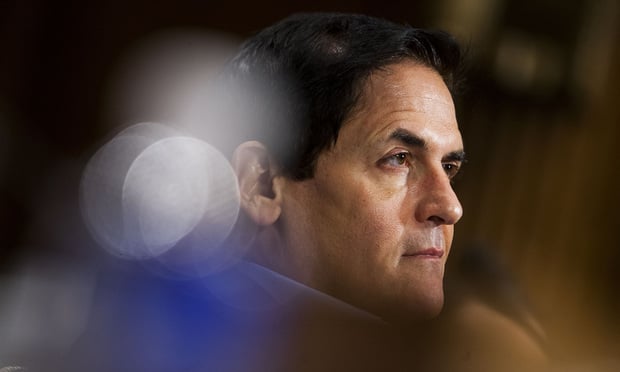As the average family brings in more income, they also tend to spend more on out-of-pocket health care costs, according to JPMorgan Chase Institute’s report, “Paying Out-of-Pocket- The Healthcare Spending of 2 Million US Families.”
The institute analyzed the health care-related expenditures of 2.3 million Chase Bank customers, aged 18 to 64, between 2013 and 2016 (the names of the customers weren’t identified within the analysis). The analysis included payments made using either a Chase credit or debit card, or electronic bill pay, and excluded health care payments made via cash, check, non-Chase cards in health reimbursement accounts, premium payments and health insurance reimbursements.
The analysis found that families spent on average $714 or 1.6 percent of their take-home income on out-of-pocket health care spending in 2016. Out-of-pocket health care spending grew by an average annual rate of 4.3 percent between 2013 and 2016, and remained a relatively constant share of take-home income.
The reason the financial services company’s institute conducted this analysis:
“Out-of-pocket health care spending has a meaningful impact on families’ financial lives and their ability to access credit,” the authors write. “As the JPMorgan Chase Institute has documented, roughly one in six families makes an extraordinary medical payment in any given year. These extraordinary medical payments are timed around moments of increased ability to pay and associated with 9 percent higher credit card debt a year later.”
More families may have made out-of-pocket expenditures at their doctor’s office and pharmacist, but the average expenditure amount was highest for dental visits.
The percent of families with positive out-of-pocket health care spending by health care category in 2016: doctor, 52 percent; drug, 44 percent; dental, 32 percent; vision, 32 percent; hospital, 27 percent; chiropractor, 8 percent; other health care services (including non-doctor services or products, such as medical supplies, lab tests, and home health services), 53 percent.
However, the average positive out-of-pocket health care spending by category in 2016: doctor, $293; drug, $125; dental, $465; vision, $232; hospital, $325; chiropractor, $268; other services, $330.
Out-of-pocket health care spending was highly concentrated among a small segment of the population, according to the study. The top 10 percent of health care spenders contributed 49 percent of total out-of-pocket spending in 2016, spending 9 percent of their take-home income on out-of-pocket healthcare expenses. Seventeen percent of families had no health care spending in 2016.
Whenever families earned more income, they tended to make more out-of-pocket health care-related expenditures.
“Families made larger health care payments in the months and the years when they had a higher ability to pay,” the authors write. “Elevated dental and hospital payments primarily contributed to high health care spending.”
Among Chase Bank’s 23-state footprint, there was a “dramatic” variation in out-of-pocket health care spending. Families in Colorado spent the most on health care in 2016, with an average annual expenditure of $916, while families in Oklahoma spent the highest fraction (1.7 percent) of their take-home income on health care.
“Out-of-pocket health care expenses represent a stable share of household income in aggregate, but are a source of financial strain for certain families,” the authors write. “Health care reform should take into consideration the impact on households who are more financially burdened by health care expenses -- specifically older, low-income, and female account holders.”
The authors also recommend that health care providers and payers implement more transparent pricing and payment options so that consumers can better manage health care expenses, considering that health care spending may be large, unexpected, and concentrated in the months and years when families have a higher ability to pay. Moreover, cost-containment measures, including value-based care, could have meaningful impacts on costs borne by families, not just by insurers and health care providers.
“Finally, wide variation in levels and burden of health care spending across geographies underscores the importance of health care as a state and local policy issue,” the authors write.
© 2025 ALM Global, LLC, All Rights Reserved. Request academic re-use from www.copyright.com. All other uses, submit a request to [email protected]. For more information visit Asset & Logo Licensing.








